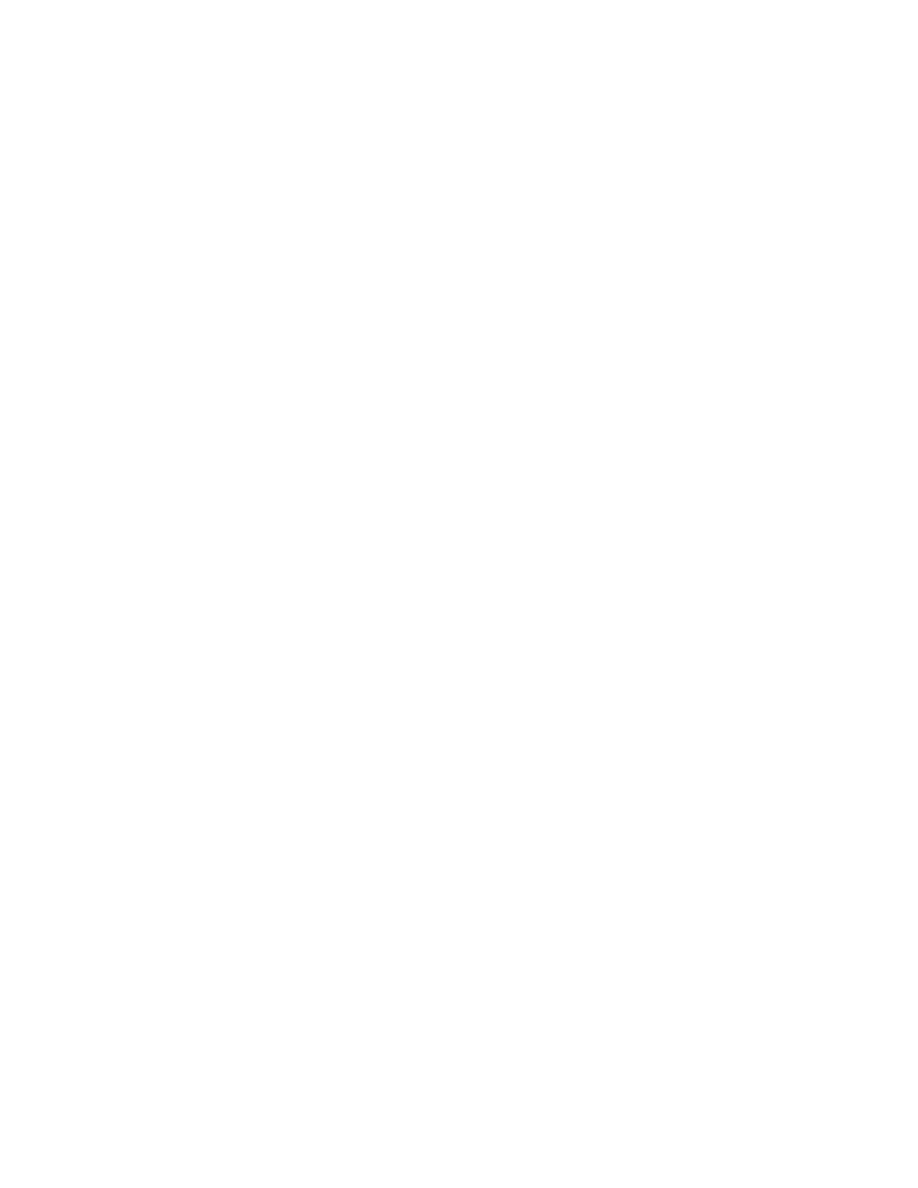
178
14 CFR Ch. I (1–1–19 Edition)
Pt. 60, App. A
beyond the first indication of a stall (such as
stall warning system activation, stick shak-
er, etc.) in an FAA approved training pro-
gram.
2. The evaluation requirements in this Di-
rective are intended to validate FSTD fidel-
ity at angles of attack sufficient to identify
the stall, to demonstrate aircraft perform-
ance degradation in the stall, and to dem-
onstrate recovery techniques from a fully
stalled flight condition.
3. After March 12, 2019, any FSTD being
used to obtain credit for full stall training
maneuvers in an FAA approved training pro-
gram must be evaluated and issued addi-
tional qualification in accordance with this
Directive and the following sections of Ap-
pendix A of this Part:
a. Table A1A, General Requirements, Section
2.m. (High Angle of Attack Modeling)
b. Table A1A, General Requirements, Section
3.f. (Stick Pusher System) [where applica-
ble]
c. Table A2A, Objective Testing Require-
ments, Test 2.a.10 (Stick Pusher Force
Calibration) [where applicable]
d. Table A2A, Objective Testing Require-
ments, Test 2.c.8.a (Stall Characteristics)
e. Table A2A, Objective Testing Require-
ments, Test 3.f.5 (Characteristic Motion
Vibrations—Stall Buffet) [See paragraph 4
of this section for applicability on pre-
viously qualified FSTDs]
f. Table A3A, Functions and Subjective Test-
ing Requirements, Test 5.b.1.b. (High Angle
of Attack Maneuvers)
g. Attachment 7, Additional Simulator Qual-
ification Requirements for Stall, Upset
Prevention and Recovery, and Engine and
Airframe Icing Training Tasks (High Angle
of Attack Model Evaluation)
4. For FSTDs initially qualified before May
31, 2016, including FSTDs that are initially
qualified under the grace period conditions
as defined in § 60.15(c):
a. Objective testing for stall characteristics
(Table A2A, test 2.c.8.a.) will only be re-
quired for the (wings level) second segment
climb and approach or landing flight condi-
tions. In lieu of objective testing for the
high altitude cruise and turning flight
stall conditions, these maneuvers may be
subjectively evaluated by a qualified sub-
ject matter expert (SME) pilot and ad-
dressed in the required statement of com-
pliance.
b. Where existing flight test validation data
in the FSTD’s Master Qualification Test
Guide (MQTG) is missing required param-
eters or is otherwise unsuitable to fully
meet the objective testing requirements of
this Directive, the FAA may accept alter-
nate sources of validation, including sub-
jective validation by an SME pilot with di-
rect experience in the stall characteristics
of the aircraft.
c. Objective testing for characteristic mo-
tion vibrations (Stall buffet—Table A2A,
test 3.f.5) is not required where the FSTD’s
stall buffets have been subjectively evalu-
ated by an SME pilot. For previously
qualified Level D FSTDs that currently
have objective stall buffet tests in their ap-
proved MQTG, the results of these existing
tests must be provided to the FAA with the
updated stall and stall buffet models in
place.
d. As described in Attachment 7 of this Ap-
pendix, the FAA may accept a statement
of compliance from the data provider
which confirms the stall characteristics
have been subjectively evaluated by an
SME pilot on an engineering simulator or
development simulator that is acceptable
to the FAA. Where this evaluation takes
place on an engineering or development
simulator, additional objective ‘‘proof-of-
match’’ testing for all flight conditions as
described in tests 2.c.8.a. and 3.f.5.will be
required to verify the implementation of
the stall model and stall buffets on the
training FSTD.
5. Where qualification is being sought to
conduct full stall training tasks in accord-
ance with this Directive, the FSTD Sponsor
must conduct the required evaluations and
modifications as prescribed in this Directive
and report compliance to the NSPM in ac-
cordance with § 60.23 using the NSP’s stand-
ardized FSTD Sponsor Notification Form. At
a minimum, this form must be accompanied
with the following information:
a. A description of any modifications to the
FSTD (in accordance with § 60.23) necessary
to meet the requirements of this Directive.
b. Statements of Compliance (High Angle of
Attack Modeling/Stick Pusher System)—
See Table A1A, Section 2.m., 3.f., and At-
tachment 7
c. Statement of Compliance (SME Pilot
Evaluation)—See Table A1A, Section 2.m.
and Attachment 7
d. Copies of the required objective test re-
sults as described above in sections 3.c.,
3.d., and 3.e.
6. The NSPM will review each submission
to determine if the requirements of this Di-
rective have been met and respond to the
FSTD Sponsor as described in § 60.23(c). Addi-
tional NSPM conducted FSTD evaluations
may be required before the modified FSTD is
placed into service. This response, along
with any noted restrictions, will serve as in-
terim qualification for full stall training
tasks until such time that a permanent
change is made to the Statement of Quali-
fication (SOQ) at the FSTD’s next scheduled
evaluation.
VerDate Sep<11>2014
16:30 Jun 25, 2019
Jkt 247047
PO 00000
Frm 00188
Fmt 8010
Sfmt 8002
Q:\14\14V2.TXT
PC31
kpayne on VMOFRWIN702 with $$_JOB